budding Learn more about budding
-
How many kinds of black tea are there according to picking standards? Is tea the best tea? Is the tender tea better than the third leaf?
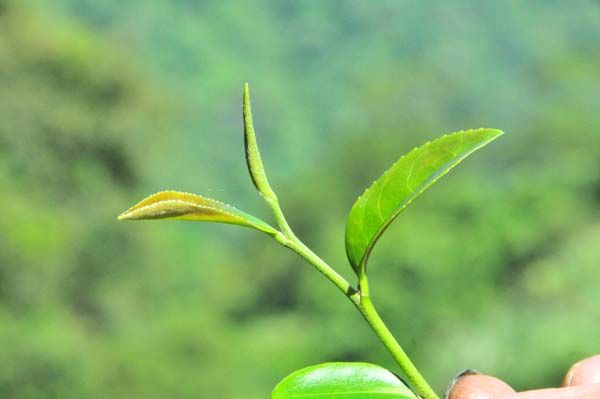
If it is the same tree, will the tea taste the same? What I want to say is that the taste of tea, even if harvested from the same tree, tastes completely different from different parts. Even if it is the same tea tree, different picking parts will lead to different tastes. In China, almost all are picked by hand. Therefore, there is no tea tree like
2021-11-04 -
What is the difference between Yunnan red gold needle, Yunnan red gold wire and Yunnan red gold bud blue standard? Which is better for tea taste and aroma?
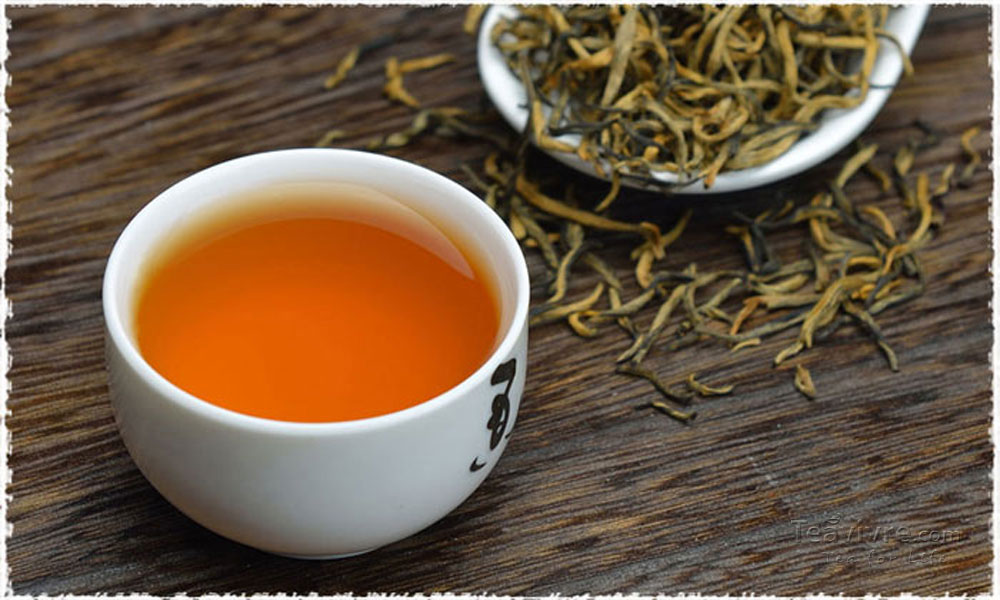
Picked tea buds turn beautiful gold instead of black because early spring tea buds are rich in antioxidants and low levels of chlorophyll. This kind of tea tastes soft, full, sweet and has the aroma of cocoa powder even when it is cold soaked. This multi-layer bud requires superb craftsmanship to be processed into black tea. Tea producing area is Linlin in Yunnan Province.
2022-04-27 -
The reason why Yunnan red golden bud tea is golden is why Yunnan black tea Yunnan red golden bud is the more golden buds, the better the quality, the more high-grade?
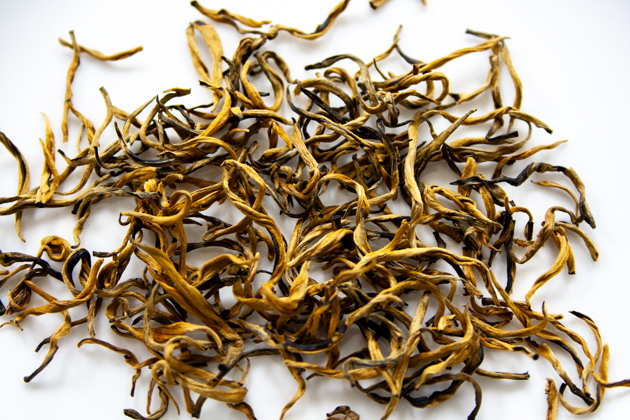
Yunnan black tea (Dianhong), as famous as Zhengshan race and Keemun Black Tea, is a kind of black tea representing China. This column would like to explain in a little detail what kind of Yunnan black tea is. The earliest black tea developed in the world is the Zhengshan race of Wuyi Mountain in Fujian Province, with a record of 1600 years. Later, with the demand and price of Zhengshan race
2022-04-27 -
Basic knowledge of boutique coffee leaves and flowers of coffee

Coffee leaves opposite, usually two rows spreading, individual single leaf whorl, petiole short, leaf leathery, green (dark green on the upper surface, light green on the lower surface). Glossy oval, oval to long oval. The leaf size of small-grain coffee is relatively uniform, the leaf is small and the end is longer, and the leaf edge wave is obvious, about 12-16 cm long and 5-7 cm wide. The leaves of the medium grain species are long and large, soft and thin.
2014-12-19 Boutique coffee basics common sense opposite leaves opposite general two rows flat -
The Leaf of Coffee and the growth process of Coffee Flower
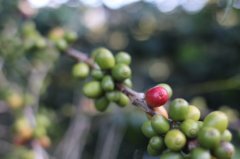
Coffee leaves opposite, usually two rows spreading, individual single leaf whorl, petiole short, leaf leathery, green (dark green on the upper surface, light green on the lower surface). Glossy oval, oval to long oval. The leaf size of small-grain coffee is relatively uniform, the leaf is small and the end is longer, and the leaf edge wave is obvious, about 12-16 cm long and 5-7 cm wide. The leaves of the medium grain species are long and large, soft and thin.
2015-03-27 Coffee growth process common sense coffee opposite leaves opposite general biseriate spreading -
Growth status of boutique coffee trees leaves and flowers of coffee

Coffee leaves opposite, usually two rows spreading, individual single leaf whorl, petiole short, leaf leathery, green (dark green on the upper surface, light green on the lower surface). Glossy oval, oval to long oval. The leaf size of small-grain coffee is relatively uniform, the leaf is small and the end is longer, and the leaf edge wave is obvious, about 12-16 cm long and 5-7 cm wide. The leaves of the medium grain species are long and large, soft and thin.
2015-05-15 Boutique Coffee growth condition opposite leaves opposite General two rows flat -
Leaves and flowers of coffee

Coffee leaves opposite, usually two rows spreading, individual single leaf whorl, petiole short, leaf leathery, green (dark green on the upper surface, light green on the lower surface). Glossy oval, oval to long oval. The leaf size of small-grain coffee is relatively uniform, the leaf is small and the end is longer, and the leaf edge wave is obvious, about 12-16 cm long and 5-7 cm wide. The leaves of the medium grain species are long and large, soft and thin.
2014-08-07 Coffee coffee opposite leaves opposite general biseriate spreading individual single leaf whorl -
The various parts of the coffee plant decompose the shallow root crop of coffee.

Coffee is a shallow root crop, and the plants propagated with seeds have conical roots. Root system refers to the general name of root. The root morphological distribution and depth of shade varieties / soil conditions and agricultural technical measures are different. From the point of view of varieties, the roots of small / medium grain species are shallower, while those of large grain species are deeper. Under normal circumstances, there is a thick and short taproot and many well-developed lateral roots. Yunnan small-grain coffee has a 4-year-old fruit.
2015-09-23 Coffee plants parts decomposition shallow roots crops coffee species -
Organ classification of coffee

Coffee is a shallow root crop, and the plants propagated with seeds have conical roots. Root system refers to the general name of root. The root morphological distribution and depth of shade varieties / soil conditions and agricultural technical measures are different. From the point of view of varieties, the roots of small / medium grain species are shallower, while those of large grain species are deeper. Under normal circumstances, there is a thick and short taproot and many well-developed lateral roots. Yunnan small-grain coffee has a 4-year-old fruit.
2014-06-16 Coffee beans coffee organs -
Organ Classification of Coffee Coffee belongs to shallow root crops

Coffee is a shallow root crop, and the plants propagated with seeds have conical roots. Root system refers to the general name of root. The root morphological distribution and depth of shade varieties / soil conditions and agricultural technical measures are different. From the point of view of varieties, the roots of small / medium grain species are shallower, while those of large grain species are deeper. Under normal circumstances, there is a thick and short taproot and many well-developed lateral roots. Yunnan small-grain coffee has a 4-year-old fruit.
2015-06-05 Coffee organ classification shallow root crop coffee seed multiplication -
Basic knowledge of high-quality coffee classification of various parts of coffee trees

1. Root coffee is a shallow root crop, and the plants propagated by seeds are conical roots. Root system refers to the general name of root. The root morphological distribution and depth of shade varieties / soil conditions and agricultural technical measures are different. From the point of view of varieties, the roots of small / medium grain species are shallower, while those of large grain species are deeper. Under normal circumstances, there is a thick and short taproot and many well-developed lateral roots. Yunnan small-grain coffee has been growing for 3-4 years.
2014-11-13 Coffee knowledge coffee basics common sense classification -
What kind of tea is Dajinya tea? Big gold bud black tea taste characteristics Yunnan red lily and gold bud which is good
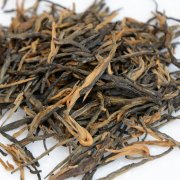
Leaves naturally curled, slender, tightly curled, buds showing a point. If of poor quality, the leaves are loose, coarse, and not pointed. Dry leaf color The leaves are golden yellow and covered with fluff, and some shoots contain black leaves. It looks shiny. When the quality is poor, the appearance of leaves is dim and brownish black. Regular quality tea consists of tea leaves of fairly uniform size
2021-09-11 Dajin tea leaves what is it black tea taste characteristics Yunnan red golden needle golden bud which -
Guide to the best and correct picking method for tea picking what are the picking criteria for tea

For those who have brewed the original leaf tea, it is not difficult to find that the shape of the tea after brewing is a piece of leaves, but have you carefully observed the size and structure of the leaves and other factors? It is important to know that the manufacturing process of black tea requires a lot of machines, of which only Yuqing is a step that still depends on manual operation. The parts picked during the green period are the new buds of tea and the 2 or 3 new buds below, and
2021-08-15 Tea picking which part good correct method guide standard what is it? -
10 Secrets about Taste Coffee Basics

Have you ever studied the taste distribution map? Sweet taste buds at the tip of the tongue; bitter taste buds at the root of the tongue; sour taste buds on both sides? In fact, this is completely wrong. The root of the misinformation lies in the fact that when someone translated the German research report into English, the translator himself misunderstood it. The truth is: you can taste everything in every part of the tongue, although the sensitivity may be different. [the fifth feeling]
2015-09-16 About taste 10 secrets coffee basics common sense learned distribution -
10 Secrets of Fine Coffee about Taste

Have you ever studied the taste distribution map? Sweet taste buds at the tip of the tongue; bitter taste buds at the root of the tongue; sour taste buds on both sides? In fact, this is completely wrong. The root of the misinformation lies in the fact that when someone translated the German research report into English, the translator himself misunderstood it. The truth is: you can taste everything in every part of the tongue, although the sensitivity may be different. [fifth feeling] the crowd
2015-07-24 About taste 10 secrets boutique coffee basics common sense learned -
Top 10 Taste Secrets of Fine Coffee tasting

Have you ever studied the taste distribution map? Sweet taste buds at the tip of the tongue; bitter taste buds at the root of the tongue; sour taste buds on both sides? In fact, this is completely wrong. The root of the misinformation lies in the fact that when someone translated the German research report into English, the translator himself misunderstood it. The truth is: you can taste everything in every part of the tongue, although the sensitivity may be different. [fifth feeling] the crowd
2015-02-25 Boutique coffee tasting about taste 10 secret learned distribution -
Coffee common sense 10 little secrets about taste
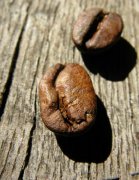
[the translator is wrong] have you ever studied taste distribution map? Sweet taste buds at the tip of the tongue; bitter taste buds at the root of the tongue; sour taste buds on both sides? In fact, this is completely wrong. The root of the misinformation lies in the fact that when someone translated the German research report into English, the translator himself misunderstood it. The truth is: you can taste everything in every part of the tongue, although the sensitivity may be different. [regulation.
2015-06-06 Coffee common sense about taste 10 secrets translator wrong learned taste -
Which grade of tea is the highest and the best? International black tea grading system of FOP, BOP and BOPF
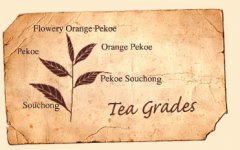
Tea grading is a process of evaluating products according to the quality and conditions of tea production in the tea industry. The size of tea after picking determines the quality of tea, because smaller tea is more valuable than larger tea. There are different grades of tea, the highest is Bai Hao, the lowest is powder or powder. The grade of tea is used to identify
2022-04-27 Which grade tea the highest the best Ceylon black tea FOP BOP -
The branches of coffee

The branches of coffee can be divided into the following categories according to their growing position and growth direction: a branch: there are two kinds of buds in the axils of the main leaves of coffee. The opposite branch is drawn laterally from the upper bud of the trunk (developing at the same time as the terminal bud of the trunk), which is called a branch. Second branch: a branch drawn from the axil of a branch at an angle of 45-60 degrees is called a second branch, which is shorter than a branch. A branch regularly drawn from the axils of a bifurcated leaf.
2014-08-07 Coffee branches coffee according to their birth position and growth direction divided into -
The branches of coffee.

The branches of coffee can be divided into the following categories according to their growing position and growth direction: a branch: there are two kinds of buds in the axils of the main leaves of coffee. The opposite branch is drawn laterally from the upper bud of the trunk (developing at the same time as the terminal bud of the trunk), which is called a branch. Second branch: a branch drawn from the axil of a branch at an angle of 45-60 degrees is called a second branch, which is shorter than a branch. A branch regularly drawn from the axils of a bifurcated leaf.
2014-12-19 Coffee basic Common sense branches according to its growth position and growth
